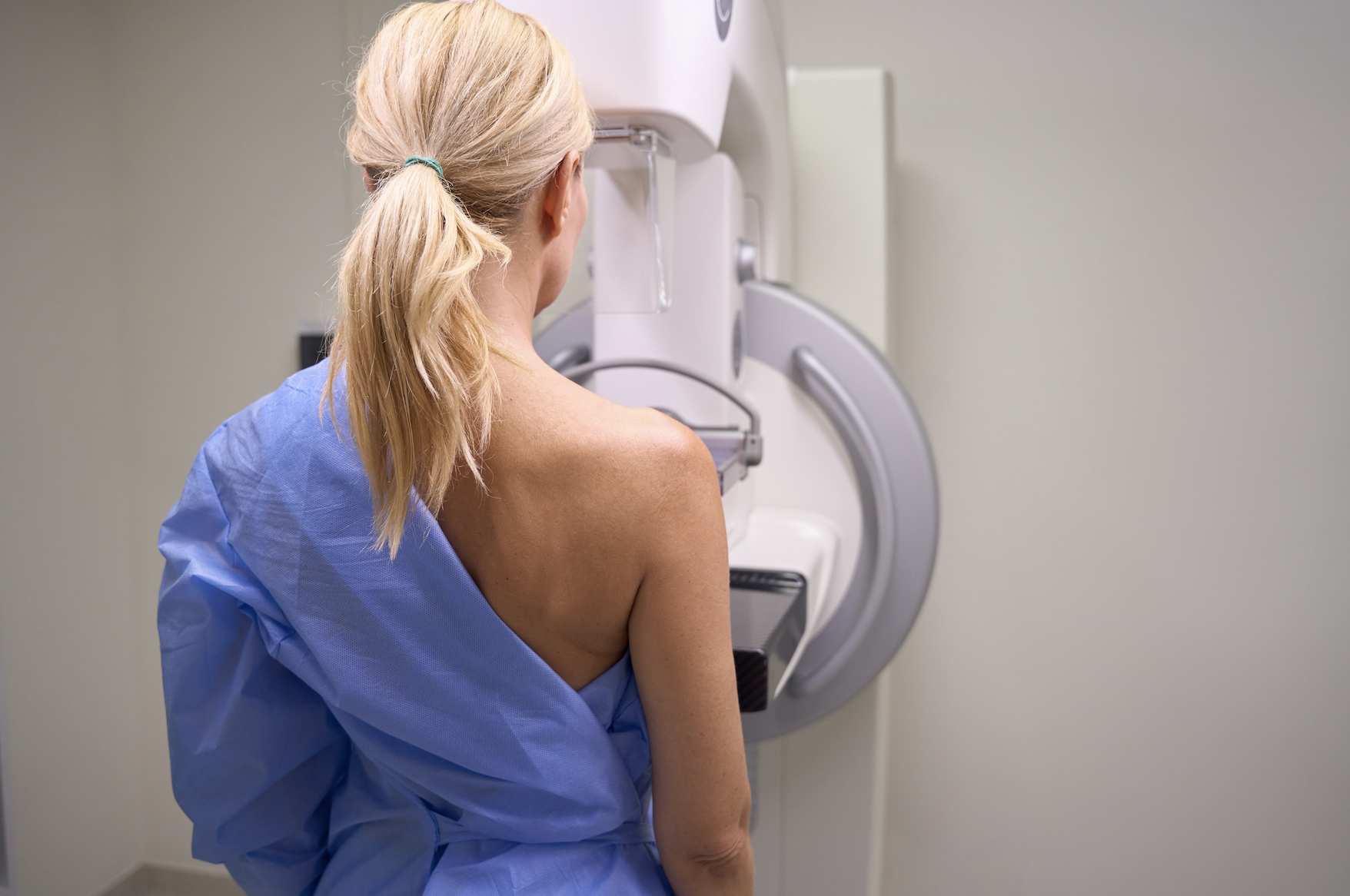
As the Fourth of July approaches, many of us eagerly anticipate the festivities that come with it – from barbecues to fireworks displays. However, while we’re excited to celebrate, it’s crucial to keep safety in mind to ensure that our celebrations are memorable for all the right reasons.
So, how to stay safe while having fun? Hoag has you covered.
Basic Fireworks Safety:
Each year, the Hoag Emergency Department treats firework injuries, especially burns to hands. If the wound is bigger than the palm of your hand or is on your face, toes, or fingers, wrap it in a damp, clean cloth to keep it moist and head to the nearest emergency room as quickly as possible. Do not apply ice directly to a burn, as it may hinder rather than help an injury.
At Hoag, we encourage people to leave the pyrotechnics to the professionals. But if you’re set on setting off fireworks, please read all the safety information and:
- Keep it legal.
- Keep it sober.
- Keep out of the way of a lit device.
- Keep away from small children, animals, buildings, or brush.
- Don’t let kids handle sparklers, which can get hot enough to melt gold.
- Keep a bucket of water nearby.
- Don’t keep trying to light something that didn’t ignite the first time.
Basic Grill Safety
Burns from grilling send people to the Emergency Department every year. If you burn yourself, remove any clothing and jewelry on or near the burn and immerse the affected area in cool water for 15 to 20 minutes. This not only reduces the pain but minimizes swelling around the burn. Don’t apply ice to the burn, as that slows blood flow to the area and can damage tissue even more. Lightly wrap the burn in a cotton cloth and take over-the-counter pain medication, but don’t bother with antibiotic creams.
See a doctor as soon as possible if the burn:
- Extends deep into the skin and blisters immediately (a third-degree burn).
- Goes through to muscle of bone (fourth degree).
- Involves the face, fingers, feet, genitals, or hands, or is on or near a joint.
- Encircles a body part, or is bigger than 3 inches in diameter.
- Happens to someone younger than 5 or older than 70.
- Seems infested (increasing redness, pain, or a pus-like discharge, or temperature is above 100.4º F).









